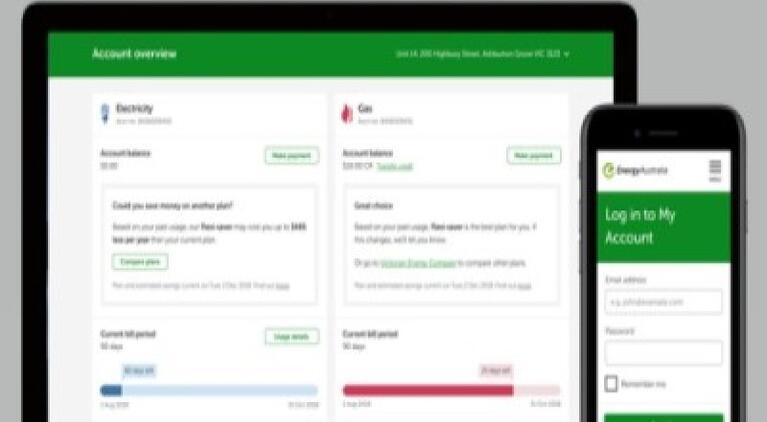Demand tariffs, or demand charges, are billed based on your highest demand for electricity in kilowatts (kW).
This will depend on the type of meter you have:
- with a 5- or 30-minute smart meter, the demand charge will be based on your highest demand 30-minute interval during peak times.
- with a 15-minute smart meter, the demand charge will be based on your highest demand 15-minute interval during peak times.
They’ve been designed to encourage less electricity use during peak demand times when there’s more pressure on the grid. Demand pricing is available if you’re eligible and have a smart meter.
A tariff is the price you’re charged for the energy you use. A tariff structure is the combination of rates, additional charges, and other factors that determine what prices are charged. There are two tariff types: time of use (TOU) where rates vary at certain times of the day or night; and flat tariffs, where the same price is charged day and night.
The type of tariff you have can be determined on the type of meter you have and who your electricity distributor is (the company responsible for the poles and wires in your network area).
Our Business Demand plan offers rates that are fixed for 12 months your rates include your daily supply, energy usage charges and demand charges. Your electricity bills are made up of daily supply and energy usage charges including demand tariffs. With Business Demand plan, these charges won’t increase for your 12 month fixed rate period. Any other fees and charges (incl. solar feed-in tariff and GreenPower) may vary. If you’re a solar customer, you’re eligible for the applicable solar feed-in tariff rates, which can change during your fixed rate period. There are no exit fees with our Business Demand plan.


